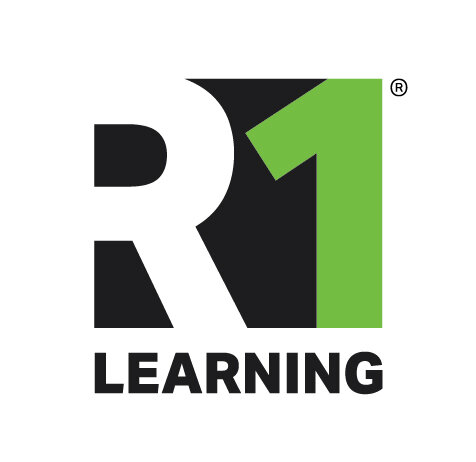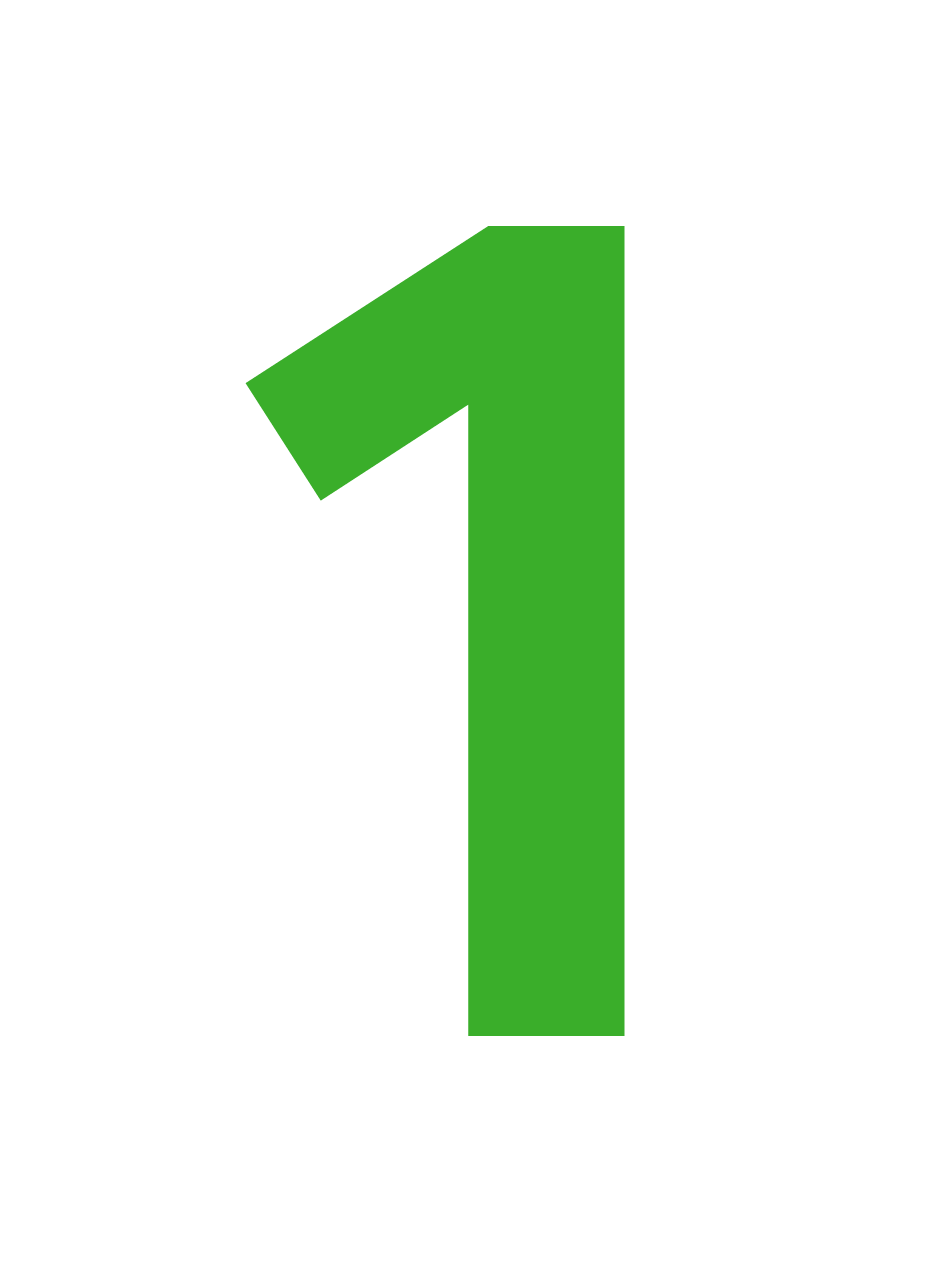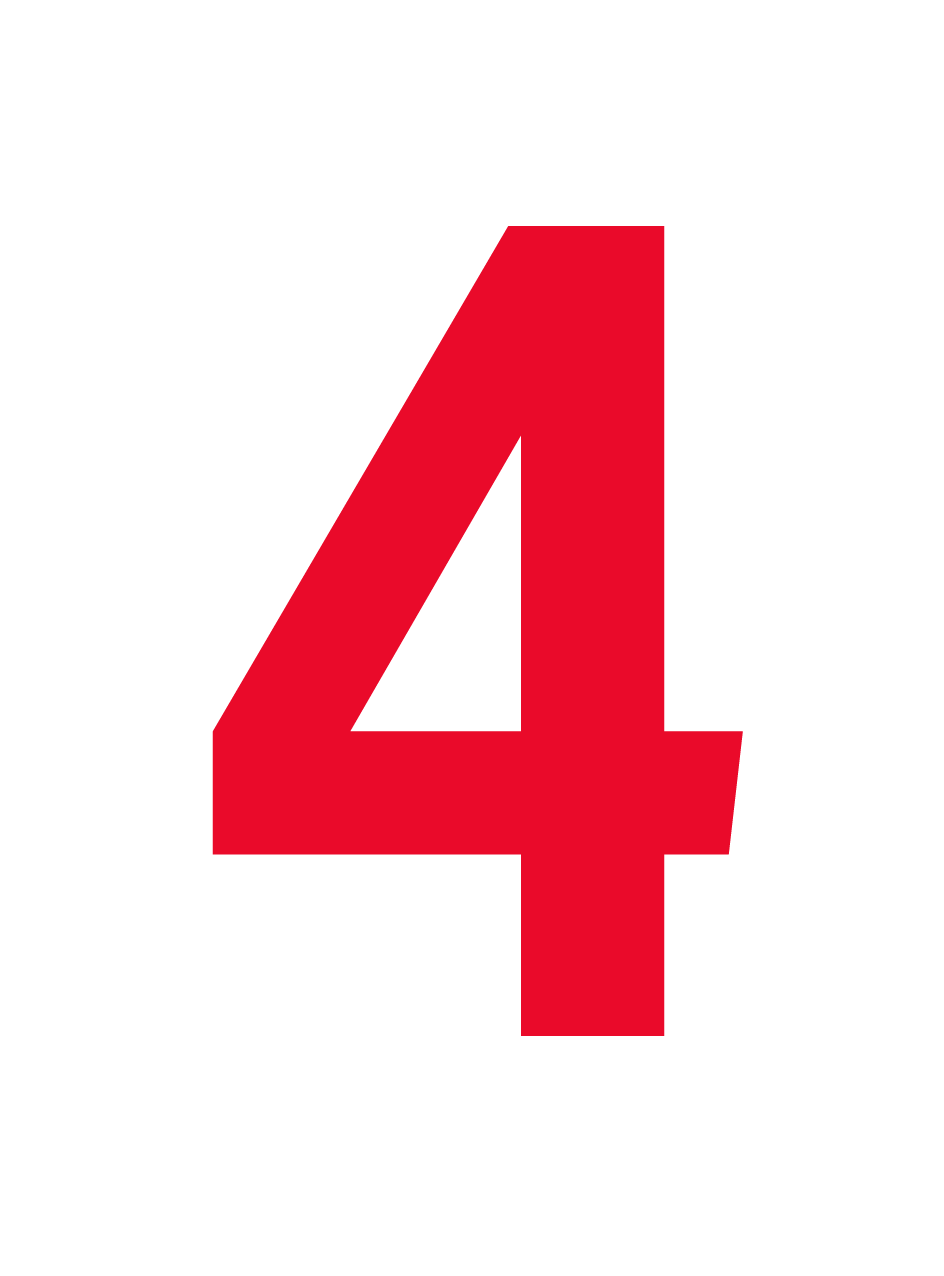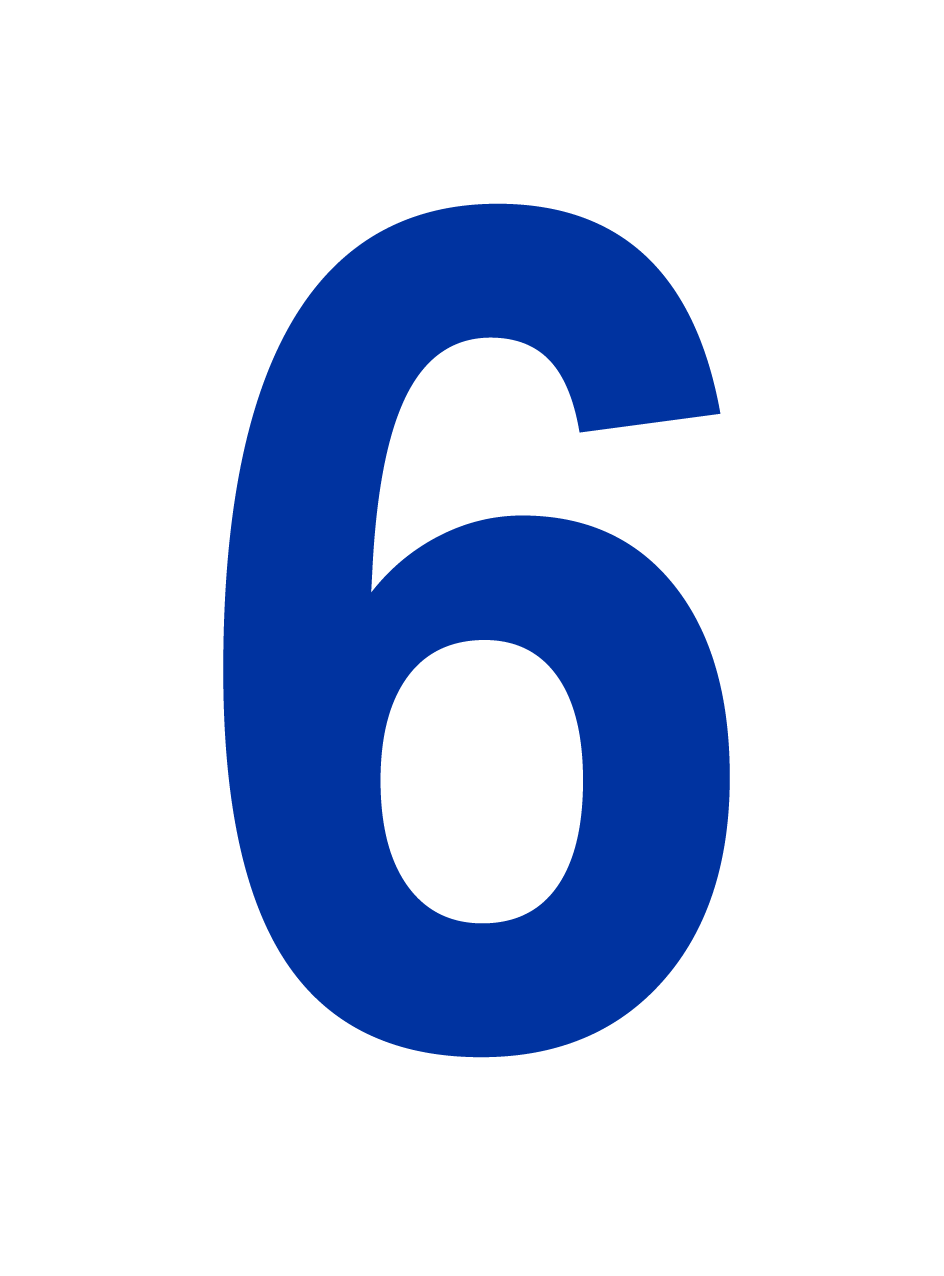6 Flip Chart Tips that Build Engagement – How Effective Am I?
In our post 7 Ingredients for Effective Psychoeducation Group Rooms, ingredient #4 was the Flip Chart. We explored a few questions about the use of flip charts and shared a few of their benefits.
So let’s do a quick recap by asking you a few questions:
When was the last time you used a flip chart? Did you plan to use it or was it just there?
Do you have a flip chart in the room where you currently run group sessions?
Do you have multiple flip charts or just one?
If you do not have flip charts, why?
Obviously, you can’t start practicing using flip charts if you don’t have them. But do you even value their use? The next piece here is more about you than your setting.
Quick Quiz: Let’s explore your use of flip charts over the past two to three years. Here is a quick assessment to help you think about your use of flip charts as a group engagement tool:
On a scale of 1-10, 10 being highest, how would you rate yourself:
Frequency – How often do you use flip charts?
Skill Level – How skilled do you think you are in using flip charts effectively?
Comfort Level – How comfortable or confident do you feel when using flip charts with a group?
Effectiveness – How effective do you think your sessions are when you use flip charts?
Remember, there are no wrong answers here. How did you come out? Were you surprised with any of your answers? If yes, why?
Our goal today is to give you a few ideas that you can take into your next session and implement immediately. Here are a few tips to help you get started:
Position Flip Charts for Success – If you use one flip chart, position it at the front of the room so everyone can see it. For increased engagement, we recommend that you also position one at each table to use for table activities. Engagement starts when learners get to be part of the learning experience. Flip charts set the stage that your session will be active and will require everyone to participate. When positioned at each table, individuals immediately understand that this session is not just lecture but one where they will be required to do some work. Position the flip charts so that they can be easily used for activities but also visually seen by everyone else in the room during presentations. If used well, flip charts will help you reach all types of learners – visual, verbal, auditory, logical, and physical / kinesthetic. (See how to position flip charts in our post: 7 Ingredients for Effective Psychoeducation Group Rooms)
Invite Participation – Look for opportunities to involve people. If you are asking questions and want to capture the answers on a flip chart, ask someone to do this for you. This not only increases their participation but also builds their skills. Engagement goes up exponentially when table groups get to use flip charts as part of an activity. In this case, each flip chart enables group members to work together in a small working group on a question or problem. The flip chart becomes the canvas for capturing group ideas. When table groups present their work to the larger group, it is usually more efficient to have one or two group members take the lead. Make a point at the end of each group presentation to ask if other group members have anything else they’d like to share or add that their presenter(s) may have overlooked. This not only values their participation, but offers them an opportunity to voice their thoughts if any key points for them were not highlighted.
Encourage Creativity – Express your objective to have everyone be creative. Creativity can be infectious generating even more creativity as others engage. Encourage creativity through use of words, short phrases, color, pictures, drawings – anything that will verbally or visually help convey thoughts and ideas to the larger group when presenting. Presentations can be both factual and fun with the right encouragement. Allow presenters sufficient time to present, sing, or dance their information to the larger group. Allow for others to ask questions and / or comment if time permits. This is an opportunity for you to truly play a facilitation role. Your role is to give participants creative space, keep track of time, and highlight key points as you transition from one table presentation to another.
Maximize Magic Markers – Have you ever gone to write something on a flip chart only to find that the brown magic marker is the only one that works and barely at that? You’re not alone here. We recommend that you procure several transparent containers with lots of different colored magic markers that you can distribute to each table. Ask everyone to write large, legibly, and to use color with purpose. Suggest using different colors to highlight different types of information. For example – ask individuals to use GREEN for action ideas, RED for caution or barrier areas, BLUE for timeline information, etc. The key here is to use color with purpose. Which colors individuals use for what purpose does not really matter. What matters is that what is written or drawn is large, legible, visually engaging, and easily understandable when presented.
Keep Work Visible – There are so many benefits to using flip charts – communicating the agenda (purpose, task, time, roles, and tools), capturing ideas from the group, keeping the group focused, and inviting group participation to name a few. A key benefit is that flip charts engage visual learners. Try not to fall into the trap of limiting what people see by flipping the paper and covering up information, ideas, or work that the group has already seen. Make every effort to hang up flip chart pages on the walls around the room. This gives individuals an opportunity to refer and reflect back on information which improves their ability to absorb, process, and retain learnings from the experience. Blue painters tape can be your best friend for this purpose since it is cheap, easily spotted, and tapes to the walls without overly sticking.
Provide Clear Instructions – Like any learning activity, it is important to be clear and intentional with your instructions with flip charts. Be specific about what you’d like each table group to capture or summarize on their flip chart. A few areas to communicate may include:
What do you want participants to do – what question or problem do you want them to address, what result do you want them to capture, and why?
How long do they have to complete the flip chart activity?
What role will each person play?
How long will they will have to present their flip chart work to the larger group?
Tips for how you want them to do it – keep it simple, visual, legible, and with purposeful use of colors
Use your flip chart at the front of the room or a PPT slide to keep your activity instructions visible. Step by step activity instructions take a little more time to design upfront and communicate at the start, but saves lots of time during the session.
Well – I hope you are already thinking about your next group session and how you plan to use flip charts as part of the learning experience. The more you practice using flip charts in your sessions – the more frequently you will use them, the more skilled and effective you will become, and the more comfortable and confident you’ll be too. Most importantly, you will increase the engagement, learning, connection, and results of your learners – and that is our ultimate goal.
Copyright 2023 R1 Publishing LLC / All Rights Reserved. Use of this article for any purpose is prohibited without permission.
More coming on a one of our new Discovery Cards topics in our next post. In the meantime, please help us with any of the following actions. Otherwise, stay tuned!
Share this blog post with others. (Thank you!)
Start a conversation with your team. Bring this information to your next team meeting or share it with your supervisor. Change starts in conversations. Good luck! Let us know how it goes.
Visit www.R1LEARNING.com to learn more about R1, the Discovery Cards, and how we’re creating engaging learning experiences through self-discovery.








